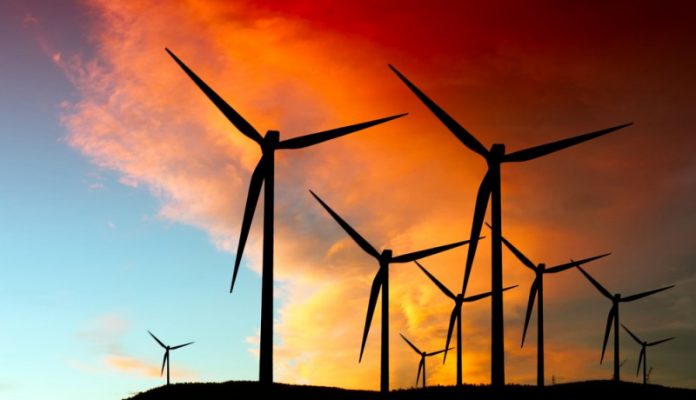With scientists sounding the alarm on the world’s dwindling oil reserves, more countries are turning to renewable energy to cut back on emissions and potentially make savings. With India’s energy demand hitting approximately 701 mtoe (tons of oil equivalent) in 2015, and an expected growth of 129% by 2035, India is looking to bring wind-energy back to the market. The government announced that a single unit fell to Rs 2.43, which is the lowest unit tariff India has seen in recent years.
In February 2017, the Indian government opened the gates to energy companies to bid on building and operating wind farms after a year of stagnation. The bid, which was held by state-run Gujarat Urja Vikas Nigam Ltd and won by the Pune-based Sprng Energy, yielded the lowest tariff per unit since the bids began earlier this year. The bids are reverse auctions, which means that companies bid backwards on the highest wind-producing capacity and the lowest tariff per unit. At Rs 2.43, Sprng Energy closed the most recent auction and bid to build a 197 megawatts (MW) wind farm.
Other states like Tamil Nadu have also begun to hold auctions, the first of which yielded a tariff of Rs 3.42 per unit and the second of which yielded a tariff of Rs. 2.64. The resurrection of the wind-energy industry is part of a two-part governmental initiative to increase India’s usage on renewables. As of this year, the government has auctioned off 28 gigawatts (GW), which is part of their goal to auction off 60 GW by 2020. By then, India hopes to be producing 175 GW of renewable energy altogether.
As welcoming as the return of wind to India’s energy market may be for the economy, equipment manufacturers left without executive regulation are struggling to participate in auctions, driving down tariffs. Anish De, a partner in the state-run infrastructure company KPMG, said to Quartz, “The problem is that if auctions are not enough (in number), people [bid desperately] low to keep their facilities going. The moment the auctions are sufficient and they have to look at further investments, the prices start stabilising.”
De believes that, although the wind-energy industry is gaining momentum, it remains stifled by pressure coming from the equipment supply industry failing to meet the market’s demand. Gujarat, where the most recent auction took place, has 19% of India’s crude oil reserves. Tamil Nadu, Rajasthan, and Andhra Pradesh have less than 15% of the country’s oil reserves, which could possibly explain the rise in the number of wind-energy auctions that have taken place in these provinces.
Last year, the Indian startup company, Avant Garde Innovations, introduced a small wind turbine that can be installed in any household for a fraction of the price of the average windmill.








